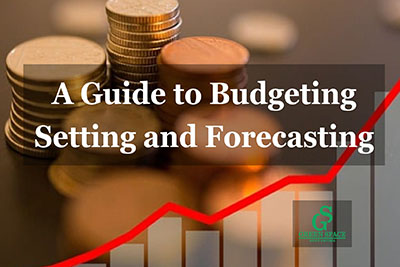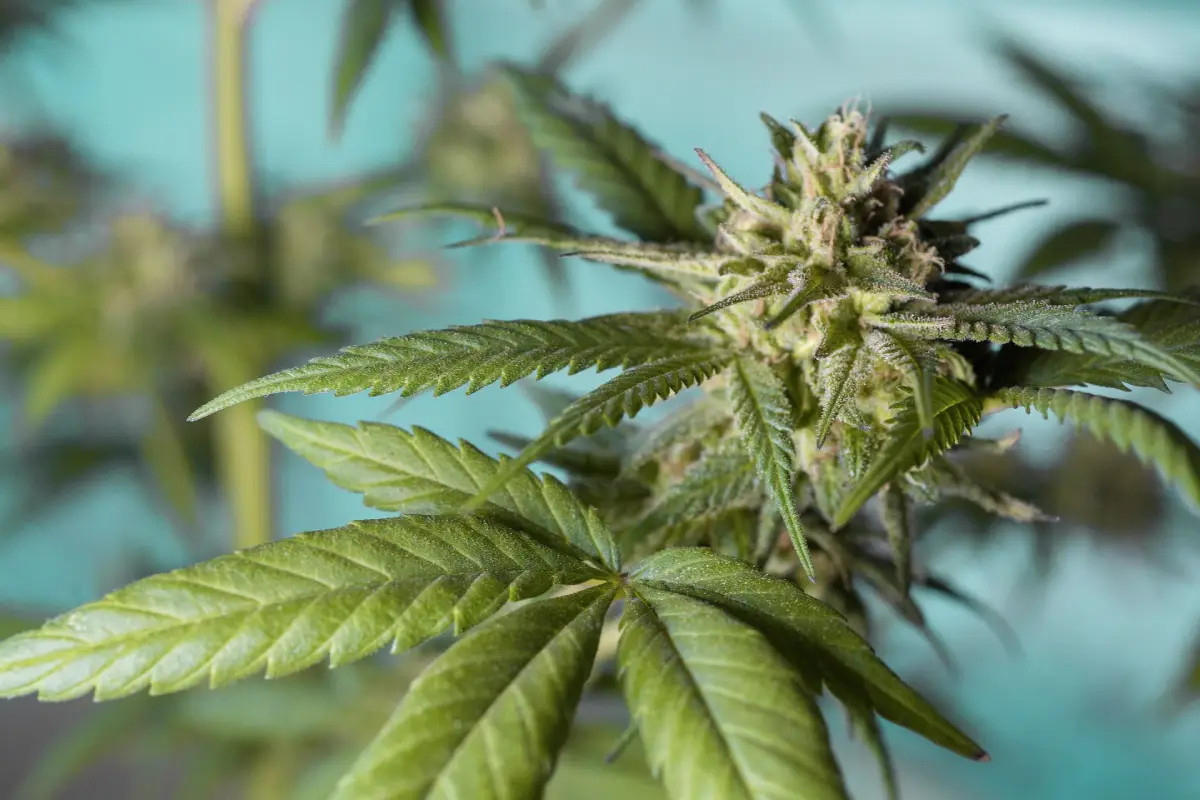
Mastering budgeting setting and forecasting for your cannabis business can allow you to stay prepared for oncoming regulatory fees or other unexpected finances.
Cannabis businesses can also have a better handle on what finances to allocate in various areas of their business.
Keep on reading as we explore how your business can start budget setting and forecasting, especially if you’re just starting out.
What You Need To Know About Budgeting And Financial Forecasting
When budgeting and forecasting, you need to know how to budget for the right resources and then start forecasting potential financial expenses that can occur, as well as what money you want to set aside for other future resources.
Below we outline the key components for you to consider:
1. Budgeting
Key Components:
- Revenue Projections: Estimate your sales based on market research, historical data, and trends in the cannabis industry. Consider seasonality, product launches, and pricing strategies.
- Expense Tracking: Identify fixed costs (e.g., rent, salaries) and variable costs (e.g., utilities, marketing). This includes operational costs like cultivation, processing, distribution, and retail expenses.
- Compliance Costs: Allocate funds for compliance with local and state regulations, including licensing fees, security measures, and testing requirements.
- Contingency Planning: Set aside funds for unexpected expenses or downturns, considering the volatility of the cannabis market.
2. Financial Forecasting
Financial forecasting involves predicting the future financial performance of your business based on historical data and market trends. It helps you make informed decisions and secure cannabis financing for your business.
Types of Forecasting:
- Short-term Forecasting: Typically covers one year and focuses on cash flow, operational costs, and immediate financial needs.
- Long-term Forecasting: Extends beyond one year, assessing growth strategies, market expansion, and potential investment opportunities.
Methods:
- Historical Analysis: Use past performance data to predict future outcomes. Look for trends in sales, expenses, and seasonal fluctuations.
- Market Analysis: Study industry trends, consumer behavior, and competitive landscape to adjust your forecasts accordingly.
- Scenario Analysis: Create different financial scenarios (best-case, worst-case, and most likely) to prepare for potential fluctuations in the market.
3. Key Metrics to Monitor
Establishing key metrics to monitor can set you up for success which can give you control over what you need to adjust in your financial forecasting.
Here are some key metrics to monitor:
- Gross Margin: Analyze the difference between revenue and the cannabis cost of goods sold (COGS) to ensure profitability.
- Net Profit Margin: Assess overall profitability by comparing net income to total revenue.
- Cash Flow: Monitor inflows and outflows to ensure liquidity and the ability to meet obligations.
- Operating Expenses Ratio: Calculate operating expenses as a percentage of revenue to gauge efficiency.
Knowing how to budget and forecast is beneficial for your business, so you can enhance your operations.
Building An Effective Budget For Cannabis Operations
It’s best to build an effective budget for cannabis operations, allowing room for potential costs you want to set aside and providing enough for any miscellaneous equipment. For dispensaries, this can mean establishing a cannabis inventory accounting process, and budgeting for employees, and utilities like rent and lighting.
All cannabis businesses aren’t the same and will require different budgeting allocations, so keep this in mind.
- Set financial goals: Knowing the financial goals you want to aim for can make the rest of the budgeting process easier to achieve. Whether you want to accumulate a certain amount for regulatory expenses or future investments, this can help you stay on track.
- Identify Your Revenue Streams: Make sure to identify the revenue streams that your business is making. These can be retail sales, wholesale distribution, cultivation, value-added products, or ancillary services. From there, you can project the revenue your business will be making.
- Estimate Your Costs: These are fixed costs and variable costs. Fixed costs are always constant and don’t change much over time. This is rent, salaries or wages, licensing fees, and insurance. With variable costs, these are fluctuating expenses based on sales volume and operational needs. These variable costs are the cost of goods sold (COGS), marketing and advertising, and utilities. Then estimate the costs of each area so you can begin budgeting for them.
- Factor in Compliance Costs: As you know the industry is volatile and subject to changing regulations which can come at a price. It’s best to factor in compliance costs like security measures, testing, and quality assurance, legal and consulting fees, to name a few. Make sure to set aside some money for these costs so you can stay ahead and avoid being surprised by sudden compliance fees.
- Create a Cash Flow Forecast: You need to develop a cash flow forecast to project any incoming and outgoing cash over a specific time. This helps you understand your liquidity needs and ensures you can cover operational expenses. These can be labeled as inflow and outflow finances going through the business. Inflow is estimating cash from sales, loans, and other income sources. Outflow is any expenses such as debt repayments, and investments.
- Establish Contingency Plans: An essential way to ensure the security of your cannabis dispensary or cannabis cultivation is to have contingency plans in place. This allows you to plan for unexpected events. A good rule of thumb is to budget about 5% to 10% of your budget for contingencies.
- Use Budgeting Software: Another effective budgeting method to think about is to use budgeting software. The budgeting software can help you make the process easier by putting the right finances in the best areas. These tools can be QuickBooks, Microsoft Excel, or other financial software.
- Monitor and Adjust the Budget Regularly: When all is said and done, you can start regularly monitoring your budget and adjust if needed. Regularly compare your actual performance against your budgeted figures. This will allow you to identify variances and adjust your budget accordingly. Monthly or quarterly reviews can help you stay on track and make necessary adjustments in real time.
These are effective ways to budget your finances that can put you ahead of the game, especially in the cannabis industry.
Effective Financial Forecasting For Cannabis Businesses
Effective financial forecasting is crucial for cannabis businesses due to the industry’s unique challenges and opportunities. It begins with collecting and analyzing historical data on sales and expenses, then defining key assumptions about market growth and cost structures.
Choosing the right forecasting method, whether quantitative (like time series or regression analysis) or qualitative (such as market research or expert opinion), is essential for creating detailed revenue projections based on product categories and sales channels. Additionally, estimating operating expenses, including fixed and variable costs as well as compliance expenses, is vital for accurate forecasting.
Cash flow projections should be developed to ensure sufficient liquidity, while scenario planning (best-case, worst-case, and most likely) helps businesses like yours prepare for market volatility. Regularly reviewing and adjusting forecasts, using financial software tools, and engaging stakeholders in the process are all important steps you need to take to enhance accuracy and strategic planning.
Communicating forecasts clearly to stakeholders, supported by visual aids and context, is essential for gaining buy-in and securing funding. By following these steps, cannabis businesses can navigate the complexities of the market more effectively, ultimately contributing to long-term sustainability and growth.
Common Mistakes To Avoid In Budgeting And Forecasting For Cannabis Businesses
Knowing the common mistakes to avoid in budgeting and forecasting can help you be better at the process.
Here are some common mistakes to know about:
- Overly Optimistic Revenue Projections
- Neglecting To Factor In Regulatory Costs
- Ignoring Historical Data
- Inadequate Contingency Planning
- Underestimating Operating Costs
- Failing To Review And Adjust Regularly
These mistakes can provide insight into better budgeting and forecasting. It’s not an easy road, but with careful attention to detail, you can succeed.
If you’re unsure about the process or don’t have the time to start budget setting and financial forecasting, then work with cannabis accountants.
At Green Space Accounting we make it easy for you to work on your business so you don’t need to worry about doing the actual budgeting work. We can help guide you to effective budgeting and forecasting for your cannabis business.
Contact us today!







